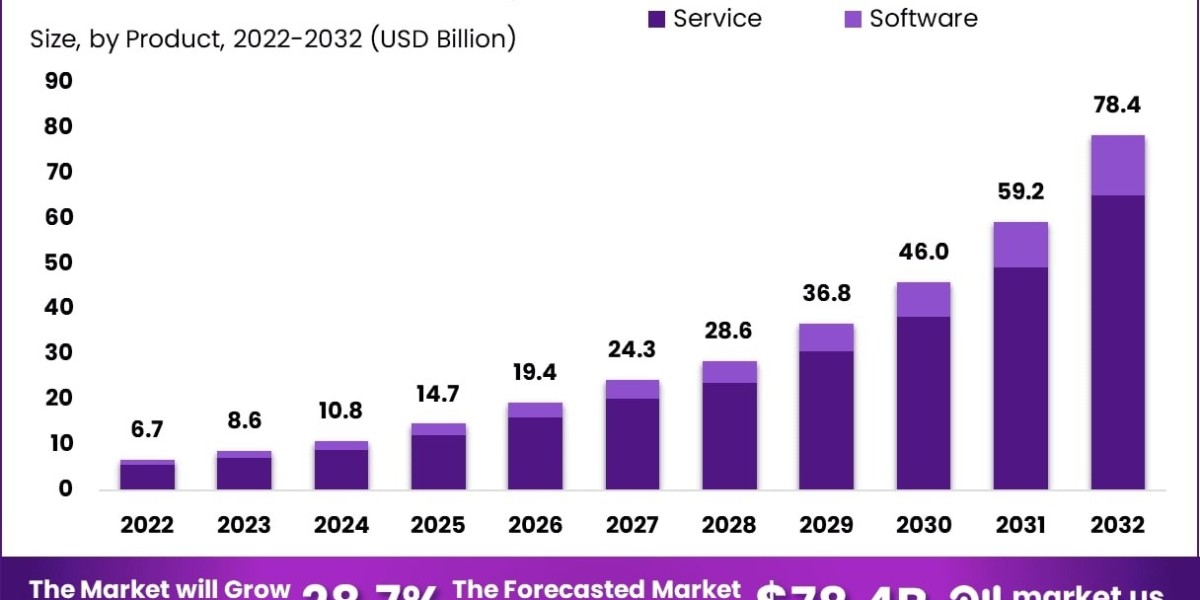In the 21st century, the call for transforming public education resounds louder than ever. Societies across the globe are grappling with rapidly changing economies, evolving technologies, and urgent challenges such as climate change and social inequality. In this landscape, traditional educational models—designed for a different era—fall short of meeting the needs of today’s learners. The goal is no longer merely to provide access, but to ensure that every child not only attends school but thrives, adapts, and contributes meaningfully to their communities and the world at large.
Why Transforming Public Education Is Urgent
Modern challenges—including the aftermath of the COVID-19 pandemic, technological advancements, and shifting job markets—have underscored deficiencies in legacy education systems. Students, educators, and families have experienced firsthand the limitations of existing frameworks that rely on rote memorization, inflexible curricula, and rigid age-based progressions. At the same time, society demands graduates who are adaptable, creative, critical thinkers, and compassionate citizens, capable of responding to a rapidly changing world.
Education system transformation is now seen as critical for addressing global crises, reducing social inequalities, and ensuring national development. Without major shifts, millions of learners may lack the skills required for tomorrow's jobs or the mindset necessary to participate in democratic and inclusive societies.
What Does Transforming Public Education Mean?
“Transforming public education” goes beyond incremental reform or “patchwork fix.” It demands a fundamental rethinking of:
The very purpose of education: Are we preparing students only for examinations, or are we nurturing lifelong learners and engaged citizens?
Teaching methodologies: Are outdated teaching-centered classrooms still effective in an age of information abundance and AI?
Accessibility and equity: Are all students—regardless of economic background, race, or location—equipped with equal opportunities to succeed?
System alignment: Does every component—from curriculum design to community engagement—work toward a shared, modern goal?
New Paradigms for Learning
1. Purpose: Co-Creating a Shared Vision
Successful transformation starts with developing a vision of education that’s relevant, inclusive, and broadly shared among learners, teachers, parents, and policymakers. Participatory policy design—where teachers, students, families, and community leaders shape decisions—ensures sustained commitment and innovation.
2. Pedagogy: Redesigning the Learning Experience
Today’s transformative educational models emphasize:
Learner-centered approaches: Prioritizing student agency, curiosity, and real-world application over mere compliance or rote learning.
Personalized learning: Using technology and flexible curricula to tailor instruction to each student’s strengths, needs, and interests.
Holistic development: Fostering not just cognitive growth, but also social, ethical, and emotional skills.
Competency-based progressions: Allowing students to advance based on demonstrated understanding, not simply age or seat time.
3. Position: Aligning Systems for Lasting Change
For transformation to endure, every part of the educational ecosystem must align behind this vision:
Teacher empowerment and training: Supporting teachers to innovate and adapt to new pedagogies and technologies.
Community and family engagement: Involving local stakeholders to support and co-design solutions.
Equitable resource allocation: Ensuring technology, funding, and support reach all learners, especially the marginalized.
Digital transformation: Harnessing technology not just as a delivery mode, but as a catalyst for innovation, collaboration, and access. Countries are expanding internet access, investing in digital resources, and training educators in digital pedagogy—all while ensuring inclusion and data privacy.
Lessons from Global Innovations
Many countries and states are already leading the way:
Brazil’s “Chegando Junto” Program: Groups students who are lagging behind their grade level into intensive support cohorts, blending catch-up learning with inspiration and confidence-building. Graduates receive certifications that open pathways to secondary education, reducing dropout rates and rekindling a passion for learning.
Uzbekistan’s “One Million Programmers” Project: Incentivizes teachers to complete digital training and infuses technical skills into the curriculum, preparing students for the digital economy.
India’s National Education Policy (NEP) 2020: Replaces the old 10+2 system with a flexible 5+3+3+4 framework. The NEP pursues phased reforms—improving early childhood education, modernizing curricula, enhancing teacher quality, and ensuring universal access—with a vision to align foundational skills with future market needs.
Overcoming Barriers: Equity, Innovation, and Accountability
True transformation faces persistent obstacles:
Equity gaps: Students from disadvantaged communities often lag in both resources and outcomes. Transformation must specifically address these gaps through targeted funding, access to quality teachers, and technology infrastructure.
Resistance to change: Large, legacy systems may struggle to adopt new methods. Promoting innovation means supporting pilot projects, sharing successes, and ensuring that reforms do not reinforce old inequalities.
Measuring and sustaining impact: New approaches must be rigorously evaluated, with transparent metrics for learning outcomes, access, and inclusion, ensuring that reforms genuinely serve all students.
The Road Ahead: A Call to Action
The future of public education cannot be built on yesterday’s assumptions. Transforming public education requires leadership, vision, and continuous reflection across all levels—from ministries and school boards down to individual learners and communities.
Start with bold purpose. Leaders must co-create a vision that inspires participation and addresses the unique challenges of the modern era.
Redesign for the learner. Classroom practices must adapt to empower every student as a capable, lifelong learner.
Ensure every child counts. Reforms must prioritize marginalized groups and close equity gaps.
Embrace technology, wisely. Digital tools must be integrated thoughtfully, expanding opportunity without widening divides.
Promote community ownership. Families, students, and local communities must be engaged from vision-setting to everyday practice.
Transforming public education is not a one-time event, but an ongoing, collaborative journey. The stakes—the skills, values, and well-being of the next generation—could not be higher. For Shikshagraha audience and India at large, joining this movement means reimagining education as the foundation for an equitable, innovative, and inclusive future.







